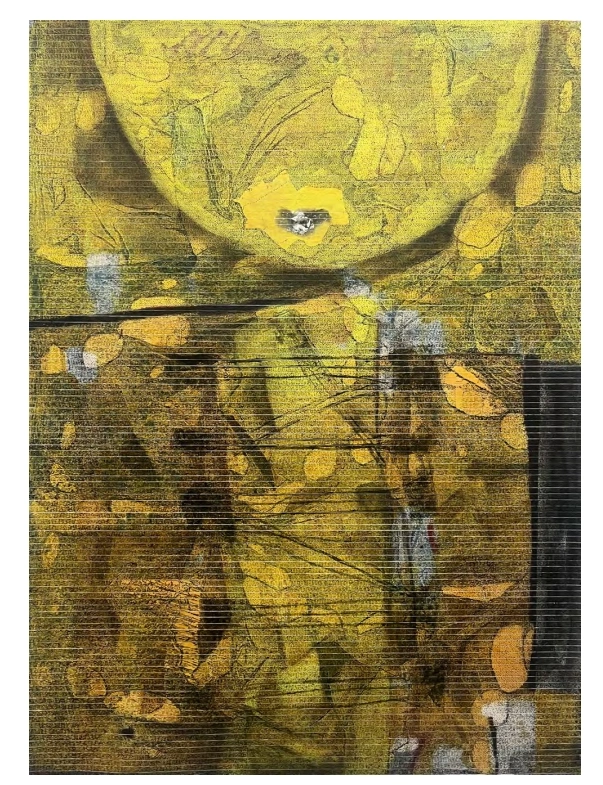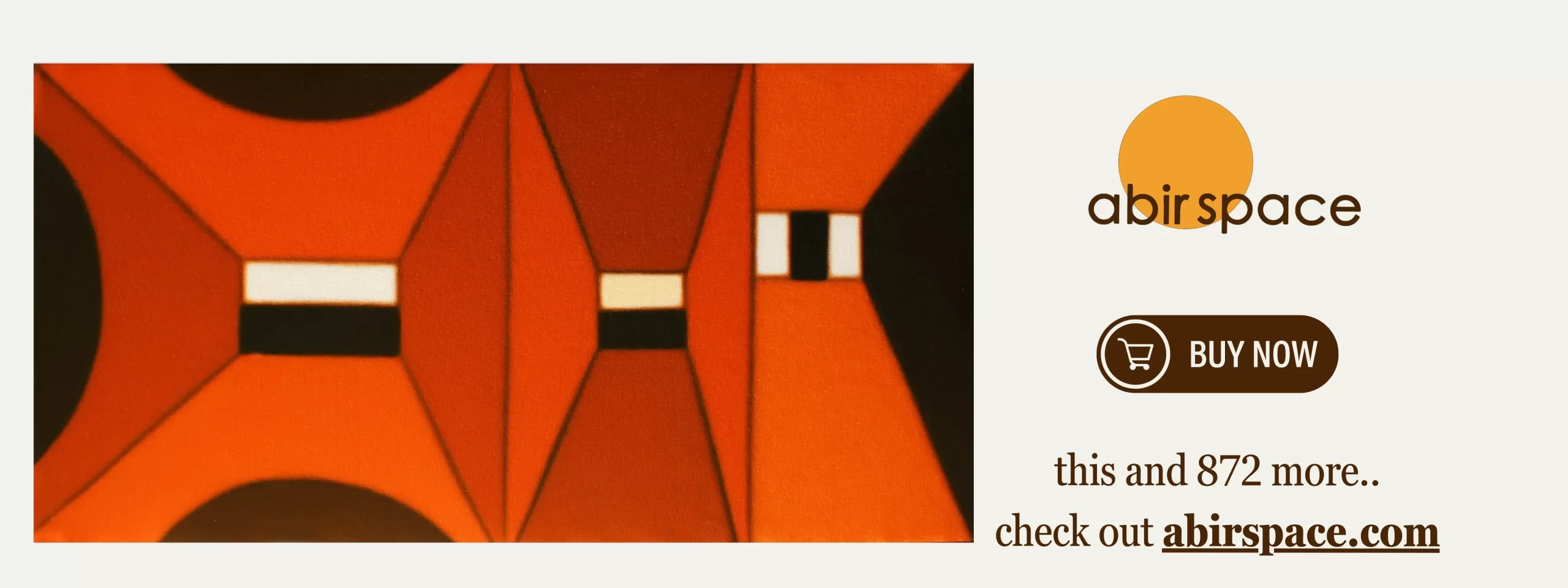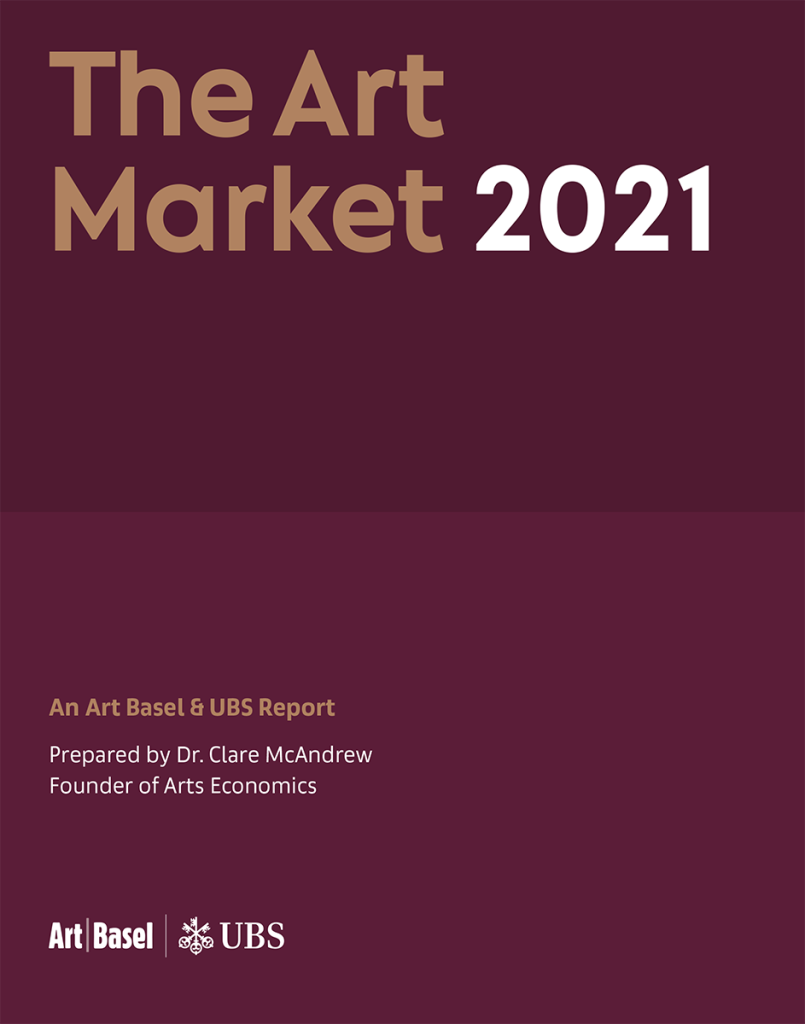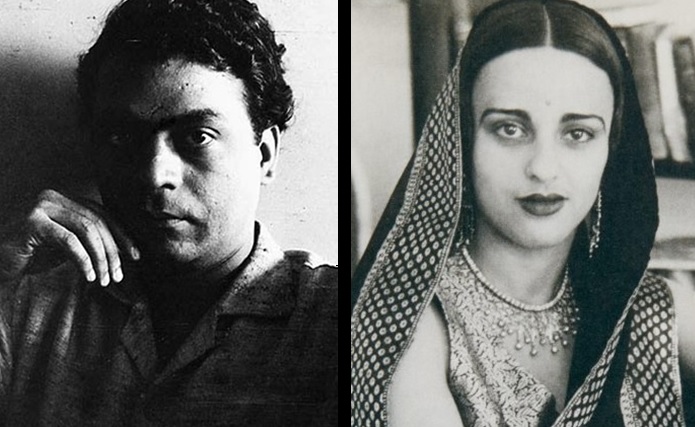Introduction to the Art Market Framework
The value chain of the art industry can be a complex process. The ecosystem of the art market framework can be broadly categorized into primary and secondary markets, each serving distinct purposes in the commercialization of artworks. This guide, part of the Art Law Resources 2025, provides a comprehensive overview of how art moves through these markets.
The Creation Process: Foundation of Art Value
At the heart of the art ecosystem is the artist, who creates works that initiate the value chain. Most visual artworks are non-commissioned, allowing artists complete creative freedom. These works’ value depends on various factors, including artist reputation, genre pricing, scarcity, and cultural significance. Through platforms like Aura Art Online Art Platform, artists can now reach a broader audience.
Understanding Commissioned Artworks
Commissioned pieces represent a different approach to art creation, where artists work under specific contracts from individuals, galleries, or corporations. Notable examples include Picasso’s “Guernica” and Da Vinci’s “Mona Lisa.” These works often come with specific legal considerations regarding ownership and rights management.
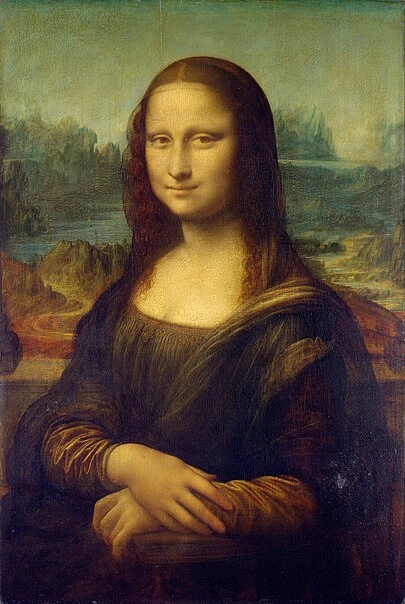
Primary Market Dynamics
The primary art market, where artwork is sold for the first time, operates through various channels. Artists can sell directly to buyers or through galleries. The Aura Art Gallery Exhibitions system provides a structured approach to first-time sales, ensuring proper documentation and rights management.
Secondary Market Operations
The secondary market, where previously owned artworks are resold, operates primarily through auction houses and private dealers. The Aura Art Collectors Community plays a crucial role in this market, facilitating transactions and maintaining artwork provenance.
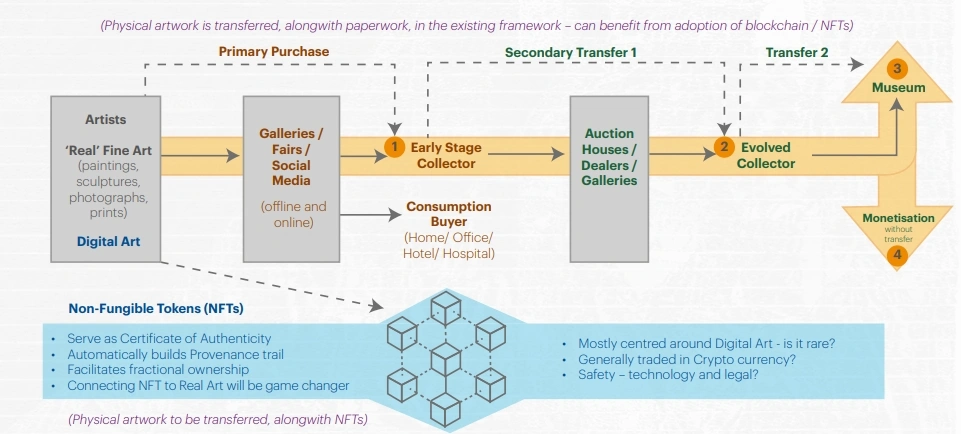
The Role and Potential of NFTs
Let’s take a look at Non-Fungible Tokens (NFTs) and their potential impact on the art market. NFTs are presented as tools that can serve as Certificates of Authenticity, automatically build Provenance trails, and facilitate Fractional Ownership. Some important questions one can look at are whether they are mostly centred around Digital Art if they are generally traded in Cryptocurrency, and the Safety – technology and legal aspects surrounding their use. “Connecting NFT to Real Art will be a game changer”- a future where NFTs are seamlessly integrated with physical artworks, enhancing their traceability and value. This integration would involve transferring the physical artwork along with its associated NFT, creating a comprehensive digital record.
Legal Framework and Rights Management
Essential components of art transactions include:
– Clear rights management clauses
– Representations of originality
– Indemnity provisions
– Consideration structures
– Exclusivity agreements
Preservation and Authentication
Professional institutions like auction houses and galleries implement robust preservation measures, including:
– Climate-controlled storage
– Professional inventory management
– Secure transportation
– Authentication processes
About Aura Art
Aura Art stands as a distinguished presence in the Indian art market since its founding in April 2006 by Daljit Singh Sethi and his sons Harmeet and Rishiraj. Born from decades of art research and collection, the company has evolved into a comprehensive art services organization through its two subsidiaries: Aura Art Development Pvt Ltd (est. 2008) and Aura Art eConnect Pvt Ltd (est. 2015).
The company’s mission centres on elevating Indian art through several key initiatives: carefully curating exceptional artworks from both established and Aura Art Contemporary Artists, increasing public exposure to distinguished art pieces, and positioning art as a viable investment asset class. Aura Art has developed particular expertise in serving various stakeholders in the art ecosystem with its Aura Art Online Art Platform with its Aura Art Collectors Community, offering specialized services to corporates, real estate developers, architects, and interior designers, including commissioned projects.
What sets Aura Art apart is its commitment to both the artistic and commercial aspects of the art world, providing comprehensive art infrastructure services while working to educate collectors and investors about the nuances of art as an investment. With its team now including prominent personalities from diverse fields, Aura Art continues to bridge important gaps in the Indian art market while maintaining a long-term perspective that benefits all stakeholders.
Credit: First-of-its-kind ‘Art Law E-Book’ put together recently by Dentons Link Legal and Aura Art
Contributor

